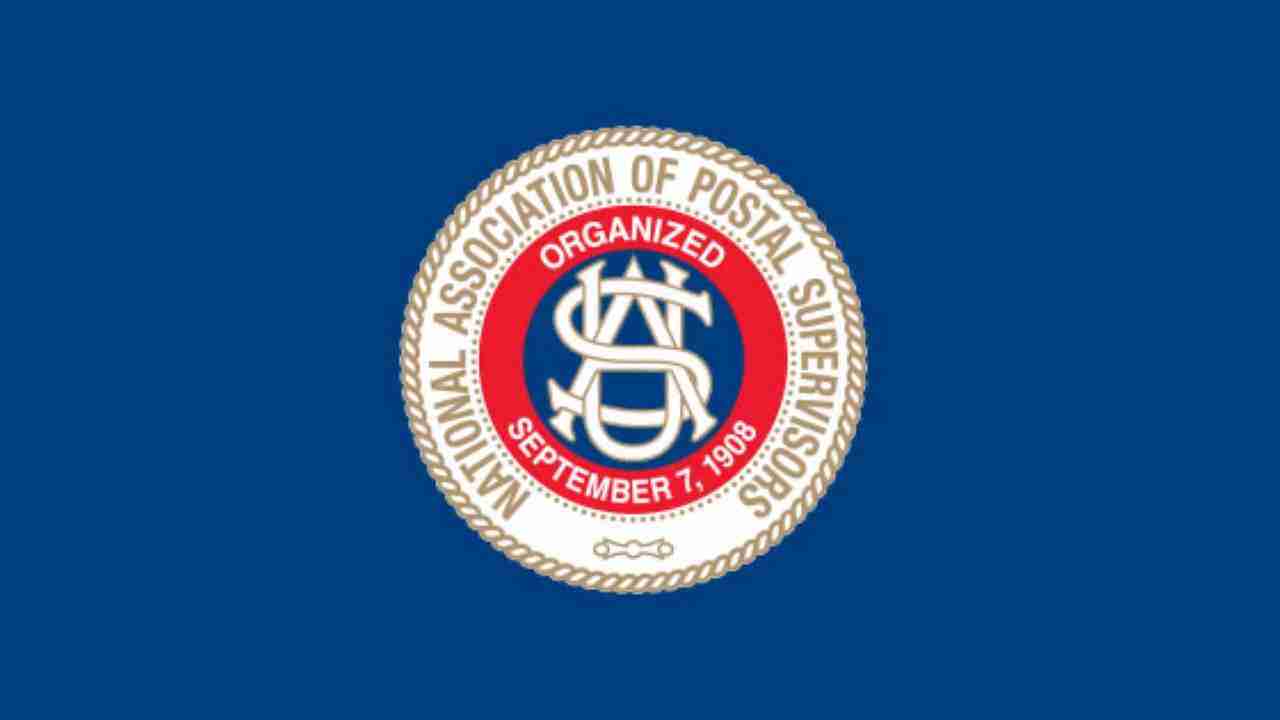A number of months ago, I hosted Dr. Kevin Kosar of the American Enterprise Institute on NAPS Chat. He pondered why postal policymakers—the Postal Service included—have yet to implement or propose changes that acknowledge the fundamental trait of the agency as an essential part of the nation’s critical infrastructure.
Platitudes of USPS success in fulfilling and distributing millions of COVID-19 antigen tests and two praiseworthy election cycles under its belt aside, emerging public policy and the “Delivering for America” (DFA) plan fail to implement necessary changes to solidify and further develop the USPS’ prominence as a critical part of the nation’s essential infrastructure. It is crucial to reinforce the effectiveness of our Postal Service, particularly in the near term.
According to a recent Washington State University study, a vibrant Postal Service increases voter turnout in all states, regardless of voting laws. The study projected that faster service would increase voter turnout by almost 3.5%, even in restrictive states such as Alabama.
The two most visible and pervasive elements of our vast postal network are its delivery and retail functions. These two components provide citizens universal access to basic postal services. Moreover, these functions are the most politically penetrating. To prove my point, delivery and retail are the two functions underscored in postal law.
Six-day mail delivery was codified in the Postal Reform Act of 2022 and previously protected in annual appropriations bills. Rural post office protection also has been included in appropriations language for decades, as well as a legally prescribed post office closing process. The delivery network, in particular, has proven to be an invaluable national asset, evidenced by its exploitation by most-of the-time postal competitors UPS, FedEx and Amazon.
Yet the disproportionate focus the DFA places on the logistics elements of the postal network—sortation, processing and transport among large postal facilities—renders vulnerable two of the network’s most valuable and essential assets. The exposure of postal employees to assault on our nation’s streets as the result of USPS-imposed restrictions on postal police officers and the relocation of letter carriers to remote mail sorting centers illustrate the preeminence of postal logistics over postal service in the DFA.

